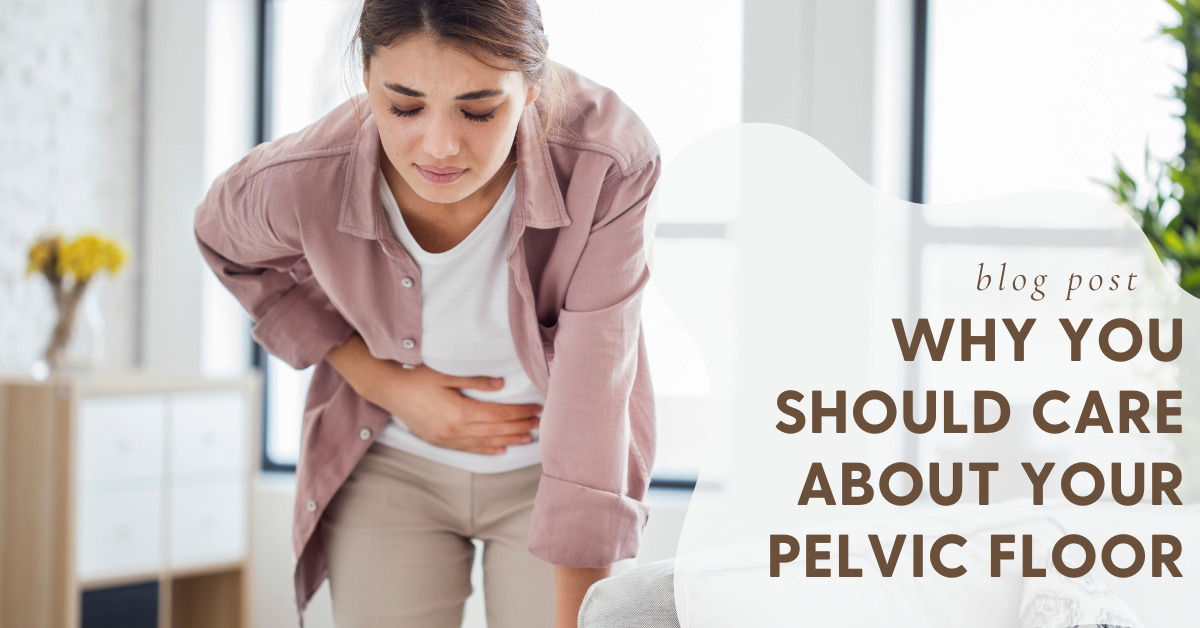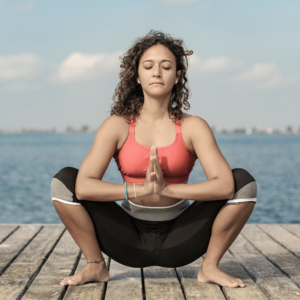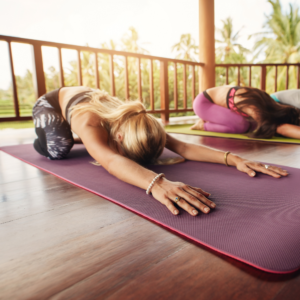
The pelvic floor is the band of muscles that make up the hammock that supports all your abdominal organs. When your pelvic floor is healthy, it helps support and lifts your abdominal and pelvic organs. The pelvic floor needs to be flexible to allow things to pass through it, but also be strong enough to support your intestines, bladder, etc. When things go wrong in that band of muscles, we call it a pelvic floor disorder.
Pelvic health disorders are not uncommon in women. Nearly 1 in 3 women experience symptoms in their life. An increased number of pregnant women also experience pelvic floor pain, especially after their first pregnancy. Some causes of pelvic pain are:
• Endometriosis
• Fibroids
• Fibromyalgia
• Painful bladder syndrome
• Irritable bowel syndrome
• Chronic pelvic inflammatory disease
• Urinary tract infection (UTI)
Most patients complain of pain that comes and goes, dull aching, sharp pains or cramping, pressure, pain while having a bowel movement, pain while urinating, and pain during sexual intercourse.
You might feel embarrassed to go in and be treated for your pelvic floor condition, but there are specialists that will work with you to evaluate your problem and help you treat your pain.
Treatment for pelvic floor conditions could include lifestyle changes, medication, and/or physical therapy. We met with our pelvic floor expert in our Wittenberg clinic, Luke Wirkus, PT, to bring you some simple exercises to try at home if you’re struggling with pelvic pain.
 Deep Squat: This position is an excellent stretch for all the pelvic floor muscles and the hips! If it is too difficult to balance here, feel free to sit on a low chair or stool in the same position.
Deep Squat: This position is an excellent stretch for all the pelvic floor muscles and the hips! If it is too difficult to balance here, feel free to sit on a low chair or stool in the same position.
Using the breath: Pairing our breath with the pelvic floor muscles can help them to relax to allow things to pass through. Try taking a deep breath in and let it out through pursed lips (like blowing out a candle) instead of pushing and straining on the toilet. This increases correct core activation and decreases activation of the pelvic floor!
 Child’s Pose: Much like the deep squat position, this is aimed at stretching out the hips as well as the low back. Each stretch should be held between 30-60 seconds at a time. Starting on your hands and knees, sit your buttocks back. Open the knees so that your belly has somewhere to rest and reach your arms forward to feel the full stretch.
Child’s Pose: Much like the deep squat position, this is aimed at stretching out the hips as well as the low back. Each stretch should be held between 30-60 seconds at a time. Starting on your hands and knees, sit your buttocks back. Open the knees so that your belly has somewhere to rest and reach your arms forward to feel the full stretch.
Avoid going to the bathroom “just in case”! This actually trains your bladder to have to go more often. Only go to the bathroom if you really need to go. And remember to stay hydrated!
If you find yourself in need of a pelvic health physical therapist, talk to your Ob/Gyn about what options are right for you. Sport & Spine offers the following therapy:
Dry Needling Trigger Point Therapy – small, thin needles are used to stimulate underlying myofascial trigger points, muscular and connective tissues for the management of many orthopedic conditions, both acute and chronic. By inserting a needle into the dysfunctional tissue, it often leads to a contraction of the muscle which then stimulates a release. This leads to a reduction of pain, improvements in flexibility, and restoration of normalized movement when combined with corrective exercises.
Kegel Training – pelvic floor exercises that are used to strengthen your pelvic muscles by contracting and releasing them.
Cognitive Behavior Training – used to help retrain the link between the bladder and the brain to address issues such as incontinence and leakage.
Pain Neuroscience Training – learning more about the body’s pain responses to help you re-frame and take control of your pain.
Specific Strengthening and Stretching – strengthening and stretching of the specific pelvic floor muscles as well as muscles around the hips to improve symptoms.
Myofascial Release – Gentle massage and release to the system of muscles and connective tissues in the body. It is utilized to relieve pain and decrease trigger points.
